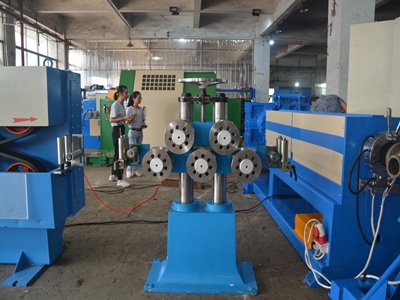News
Site Editor
 Site
https://wirecablemakingmachine.usa72.wondercdn.com/uploads/image/6488079250da3.png
In today's interconnected world, high-speed data transmission is essential for countless industries and applications, from telecommunications to healthcare and beyond. At the heart of this technological revolution are fiber optic cables, which have become the backbone of modern communication. Behind these advanced cables lies a remarkable force: Fiber Optic Cable Making Machines . In this article, we delve into how these machines are driving innovation in the field.
Site
https://wirecablemakingmachine.usa72.wondercdn.com/uploads/image/6488079250da3.png
In today's interconnected world, high-speed data transmission is essential for countless industries and applications, from telecommunications to healthcare and beyond. At the heart of this technological revolution are fiber optic cables, which have become the backbone of modern communication. Behind these advanced cables lies a remarkable force: Fiber Optic Cable Making Machines . In this article, we delve into how these machines are driving innovation in the field.
How Fiber Optic Cable Making Machines Drive Innovation
Views: 212
Author: Site Editor
Publish Time: 2023-11-16
Origin: Site
